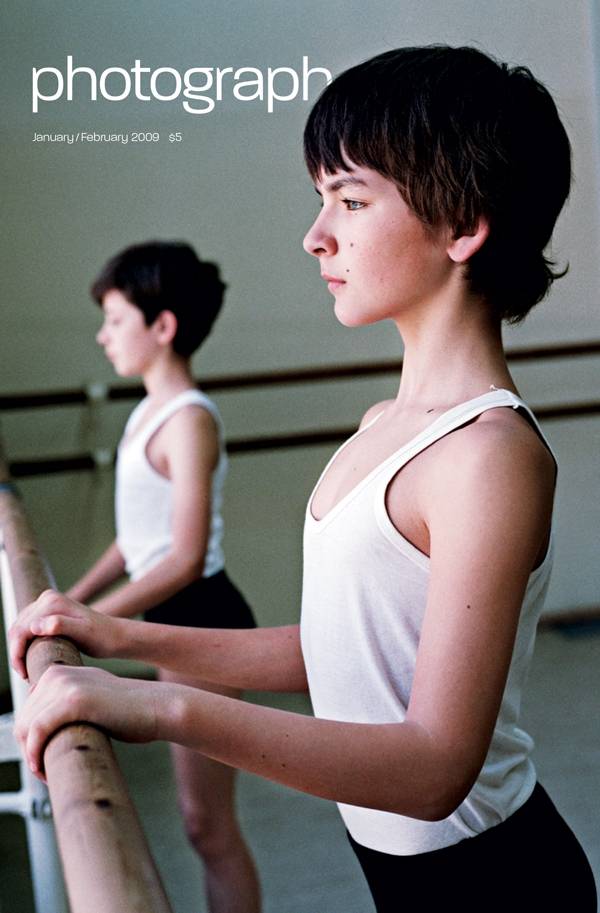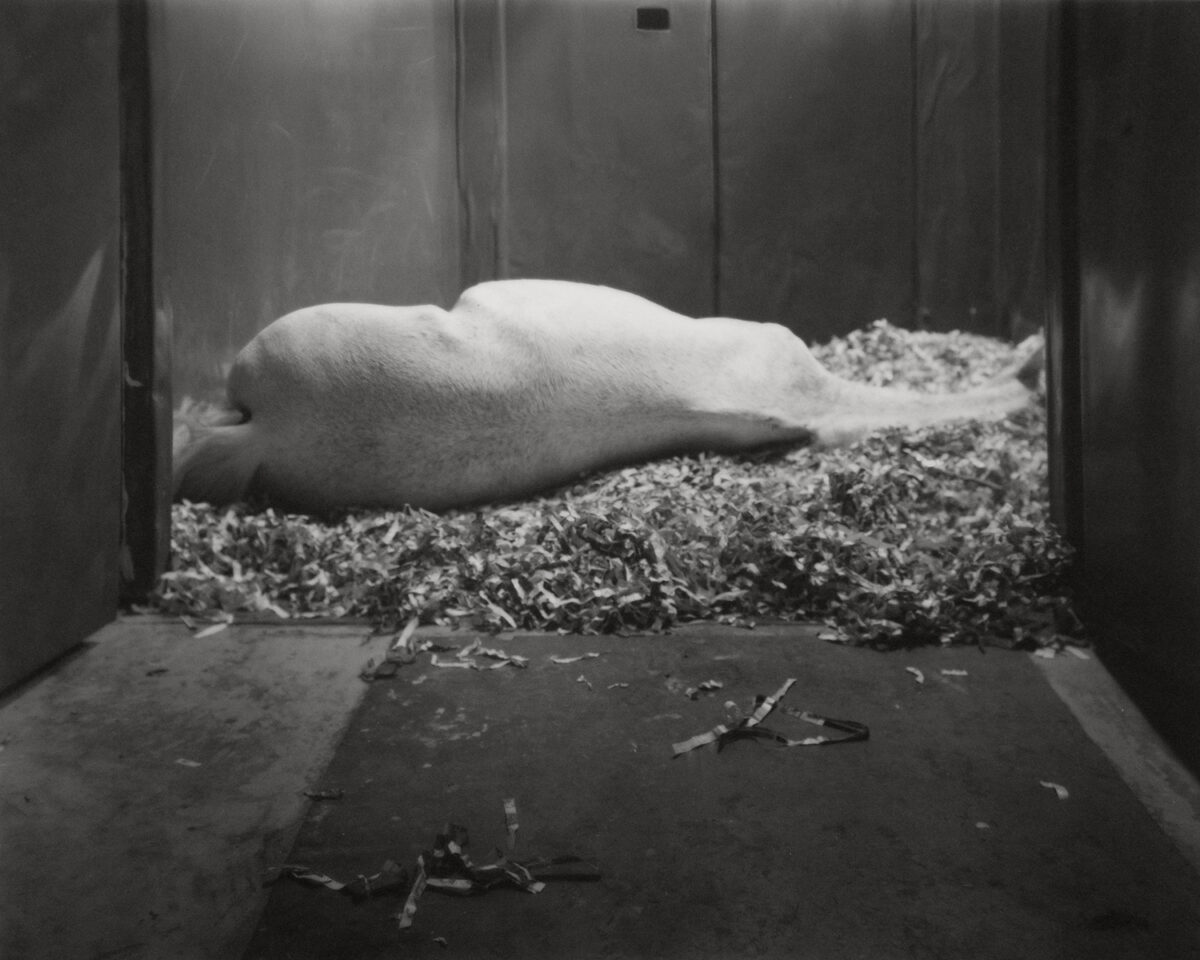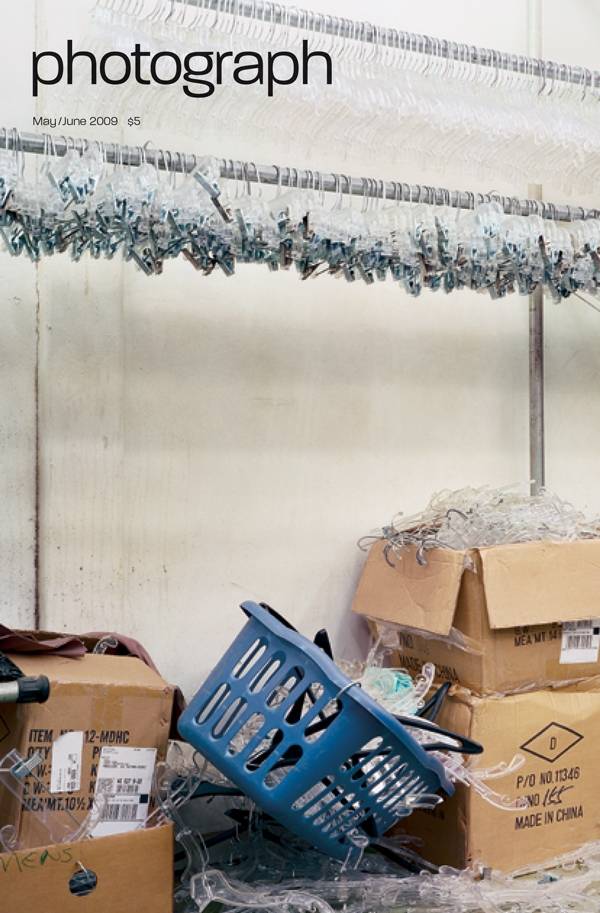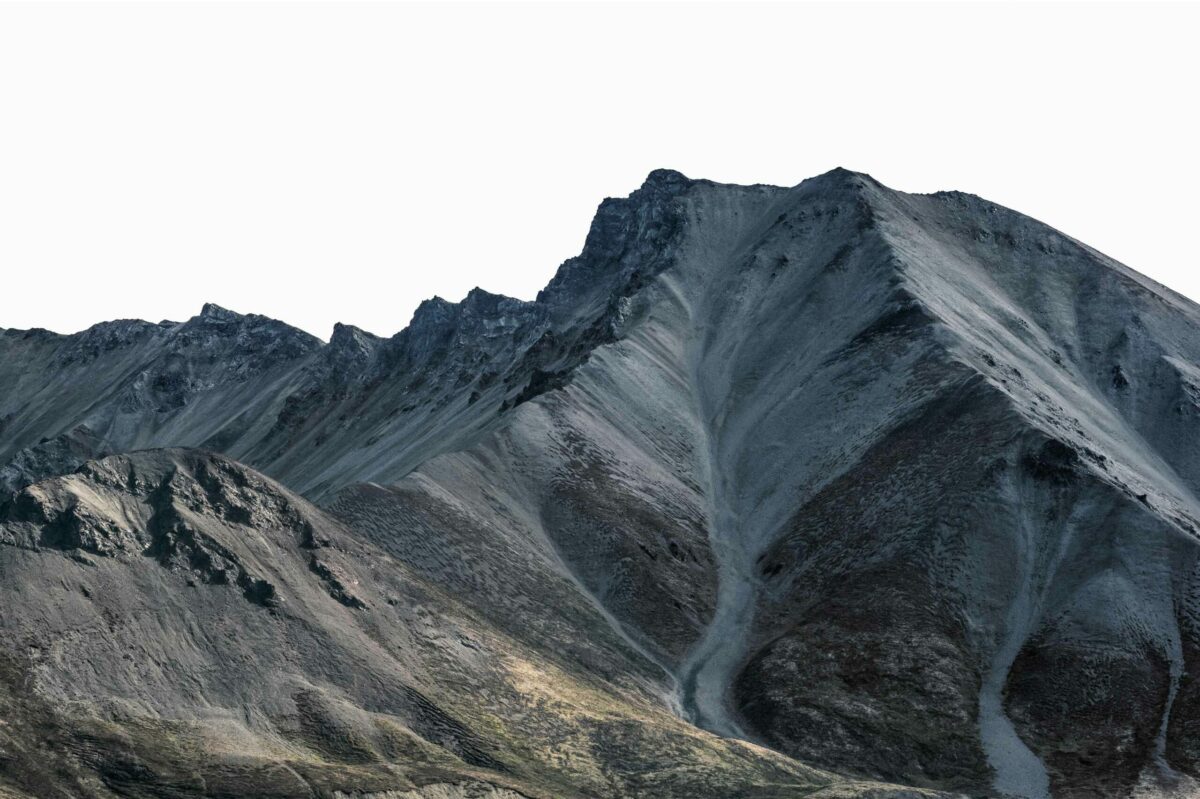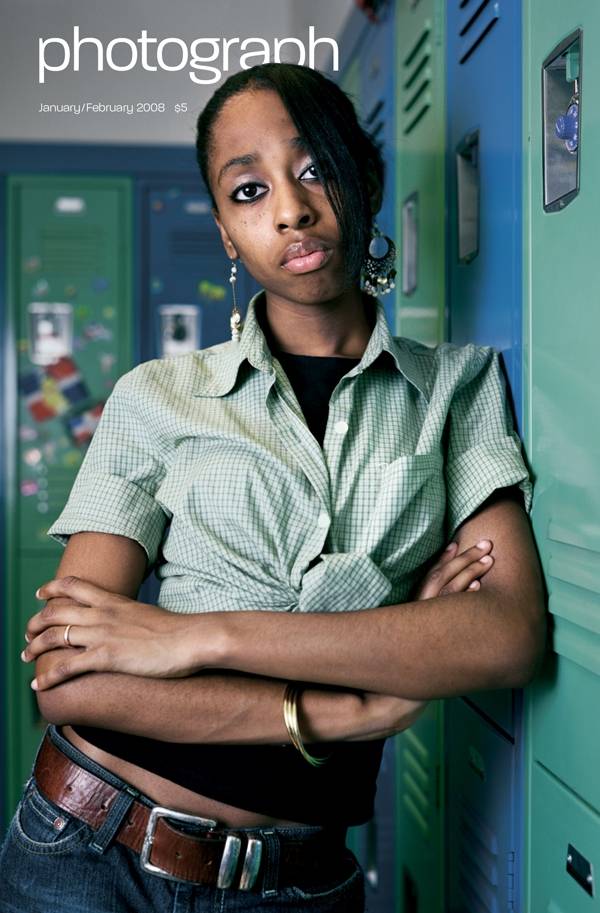According to Degas, “Nothing in art should seem accidental, not even movement.” And nothing in the art that Rachel Papo documents is accidental. In her series Desperately Perfect, from which the cover image is taken, she performs a meticulous and sensitive study of the very art Degas may well have had in mind—in addition to painting, of course—ballet. Although Degas’s paintings of dance classes, so photographic in their angles and cropping, have come to occupy a sentimental place in many a young girl’s bedroom, he is cool to the point of cruelty with his subjects, recognizing that creating the illusion of grace requires the discipline of the martinet and an impersonality that sees young women as instruments—ethereal, perhaps, but interchangeable. Papo and her camera inherit from Degas an awareness of the truth behind the illusion, and she zeroes in on it. She knows where to look, having studied ballet for nine years in Israel and understood its dreams, demands, and frustrations. She is sensitive but relentless, putting on display the rigors that these young and barely developed bodies are subject to in a quest—whose, exactly? parents’? the school’s?—for an almost impossible excellence. Desperately Perfect, which is on view at Clampart in Chelsea from February 12 to March 14, focuses on students at the celebrated Vaganova Ballet Academy in St. Petersburg, Russia, and just below the surface we can sense Papo’s deep ambivalence. Says Brian Clamp, “I was drawn to these pictures for the beauty of their surfaces, of course, but more for the sense of struggle and questioning they just barely conceal beneath that surface. For instance,” he adds, “there are no images of performance, of the final product, only a record of preparation and struggle.” Papo herself seems to oscillate between reverence and realism. The cover image shows a group of students, possible future corps dancers but not likely world-class principals. They are virginal, almost angelic in their appearance and singular in their concentration. It seems as if manhood will be eternally suspended so they can exist in a state of perfect becoming. In reality, they have been training at the school since they were ten, are survivors of an intensely competitive world of nine-hour rehearsal days and often serious injury, and can be bounced if they turn out to be the wrong height, weight, or body type. Other images in the series hint at the reality behind the idyllic surface. In the photograph Katya, from 2007, we see a young dancer at the bar with one leg raised directly over her head, a position to rival that of any contortionist. Her face betrays no emotion. That seems to be common among these students, who, unless they are principals, can look forward to a life of low pay and hard work. And friendship? As one dancer remarked, “I have no friends in the school, only rivals.”
Categories

